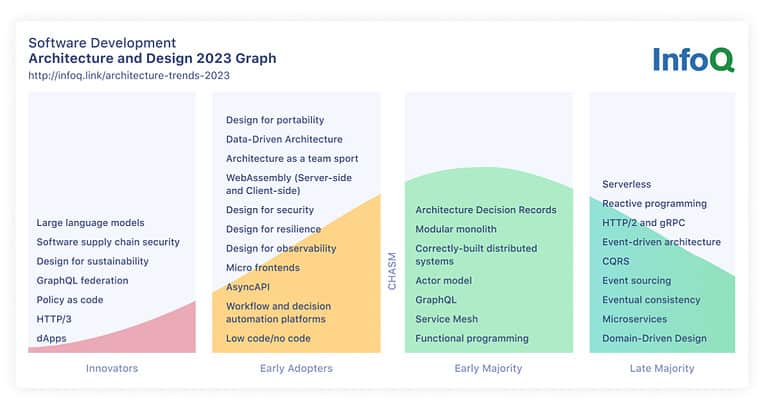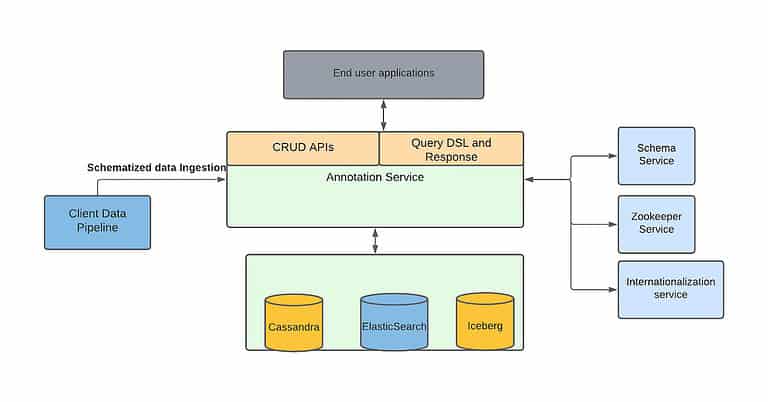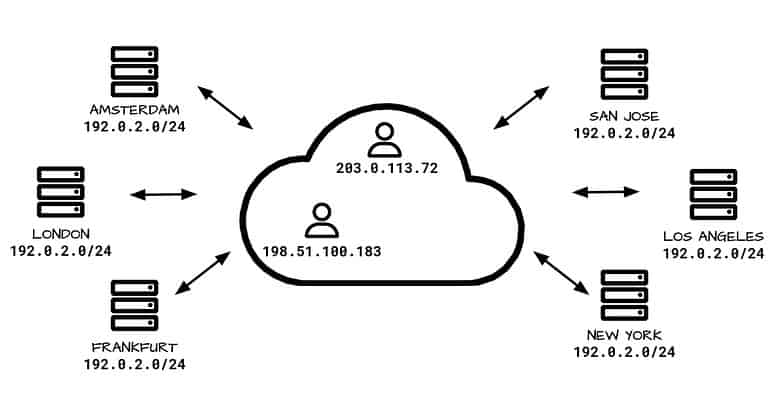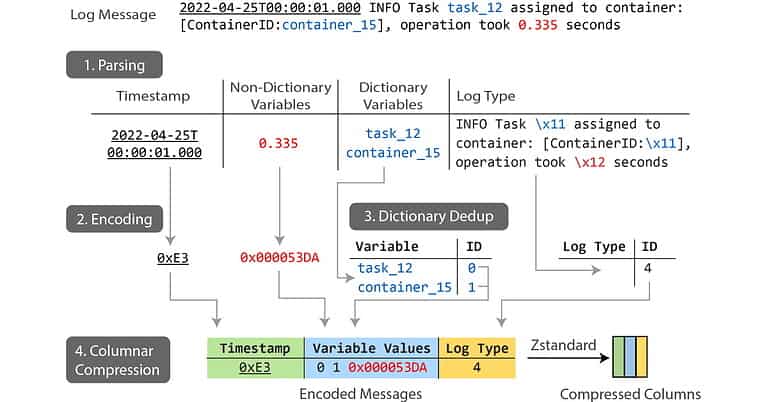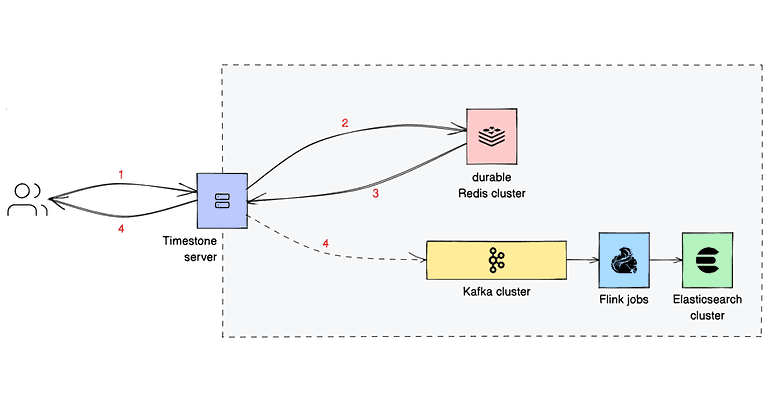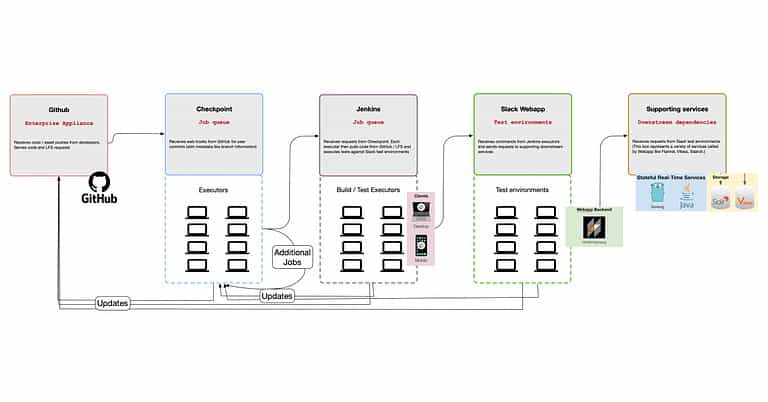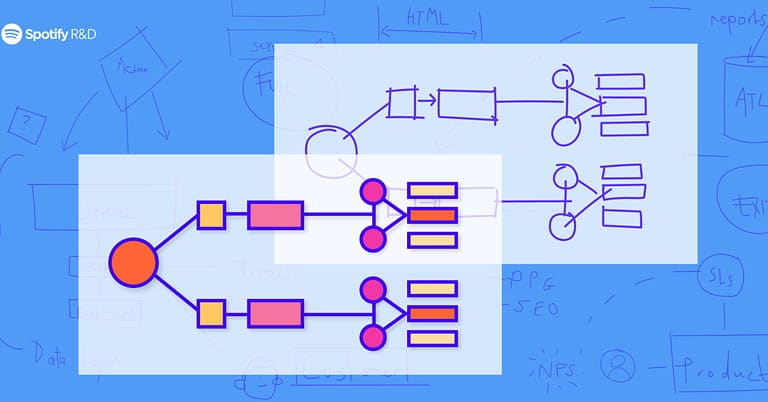Real-Time Messaging Architecture at Slack
Slack recently described how it sends millions of messages daily in real-time across the globe. The company provides a comprehensive insight into its architecture, designed to manage real-time messages at scale. It highlights the unique challenges posed by delivering real-time messages across different time zones and regions and how Slack’s engineers designed the infrastructure to…


